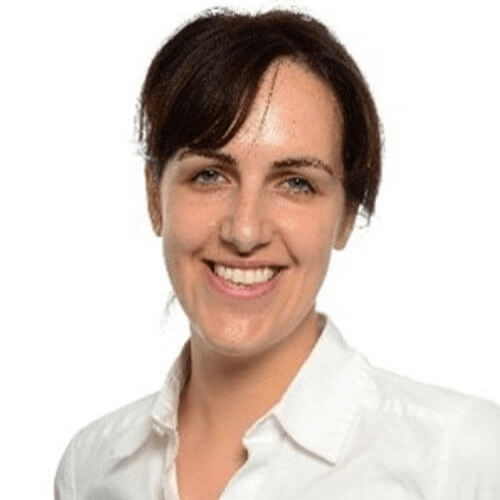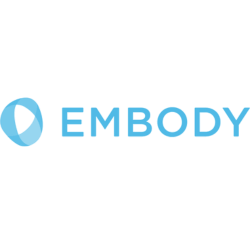Current joint replacement systems use a standardised one-size-fits-all approach, despite the fact that bone shape and size can vary enormously.
With support from the Enterprise Fellowship program, Dr Susannah Clarke co-founded Embody Orthopaedic, an Imperial College London spin-out. Embody began by developing unique instruments designed specifically for a one person surgical intervention and then embarked on the development of the H1 Implant. The H1 implant is the first non-metal hip resurfacing device in clinical use and is set to be the first with regulatory clearance. It has been implanted 250 times within a clinical investigation. Hip resurfacing is an alternative type of hip replacement which allows the patient to return to a higher level of activity and is linked to lower mortality. Metal hip resurfacing has been withdrawn owing to safety issues, leaving a huge gap in the market. The H1 implant replaces the metal bearing surface with ceramic, thereby removing the metal-related safety issues.
Embody are pioneering low-cost instrumentation for orthopaedic surgery with a new type of 3D printed technology to revolutionise joint replacements. This approach decreases risk by creating instrumentation such as knee replacements that are unique to each patient. The minimally invasive devices are printed in nylon, a low-cost, robust material that can be readily sterilised.
Susannah’s instruments are now used in both everyday surgery and more specialised cases, such as soldiers with lower limb gunshot wounds. Using 3D printing technology enables a very complex operation to be planned and undertaken in a much-reduced timeframe, allowing an entirely personalised surgical approach at an affordable cost.

Embody is expanding on 3D printing customisable implants. Furthering plans to deliver a fully tailored joint replacement process, from surgical planning to recovery, the company is also launching a web-based surgical planning system. This allows surgeons to upload patient scans and trial different surgical scenarios pre-operatively. Within the next ten years, Susannah plans to apply the technology in other fields such as maxillofacial, cardiovascular and dental surgery.
Associated Programme

